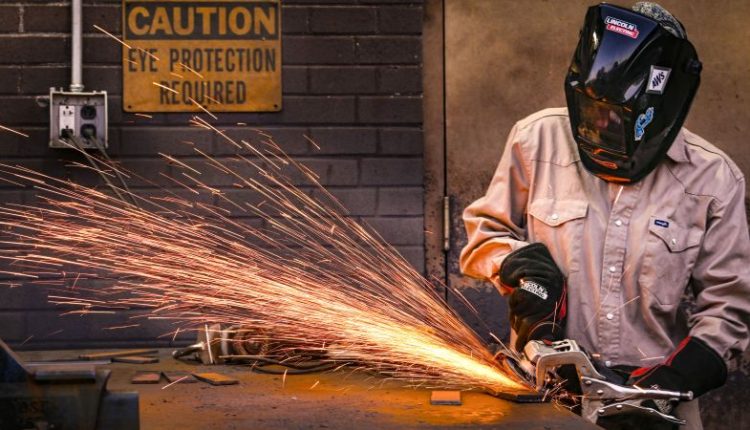Going to college in the United States has long been considered the ticket to a higher-paying job. But the growing share of high school graduates who are enrolling in vocational schools instead of four-year programs may not be missing out on as much earnings potential as you might think.
From 2019 to 2024, hiring rates fell for workers in their 20s for roles that tend to require a bachelor’s degree, while hiring rates rose for roles requiring a vocational or associate’s degree, according to data from national payroll processing company ADP. And during that five-year span, enrollment in bachelor’s degree programs fell by 4%, while enrollment in vocational schools grew by 5%, according to data from the National Student Clearinghouse.
“The promise of quicker entry into the workforce, lower educational costs and the ability to earn higher wages earlier in their careers are compelling reasons for this trend,” said Bart Taylor, a professor at Texas A&M University, who teaches curriculum development for career and technical education programs.
That means that while the overall labor market shows signs of cooling, hiring for workers without a college education can still be a source of strength for the economy.
Earnings growth rates for workers with vocational or associate’s degrees are on par with those of bachelor’s degree recipients, according to the Atlanta Federal Reserve’s Wage Growth Tracker.
That said, bachelor’s degree recipients earned a median weekly salary of $1,493 last year compared to the $1,058 associate’s degree recipients earned, according to data from the Bureau of Labor Statistics. The data for associate’s degree recipients includes people who graduated from academic and vocational programs.
But some industries that skew toward workers without a degree even notch higher wage growth than industries that favor degree holders. For example, pay for construction workers rose by 4.3% on average over the 12 months ended in July; in the professional services industry, wages climbed by 3.9%, according to the BLS.
Part of the shift toward trade and vocational school enrollment stems from a reevaluation of blue-collar work that happened during the pandemic, said Taylor, who is also the vice president of the trade and industrial education division at the Association for Career and Technical Education. “This has driven employers to offer more competitive wages and benefits to attract and retain workers.”
The practical, hands-on experience required for many blue-collar jobs couldn’t be taught virtually during the pandemic, he added. For instance, “although welding concepts could be taught online, students were deprived of the crucial practice time needed with real equipment.”
Now that many of those programs are operating normally again, more Americans are building trade skills to take jobs where there’s still a shortage of skilled labor, such as electricians, carpenters and plumbers.
Another factor behind the shift toward enrollment in vocational and trade schools is the advancement of artificial intelligence, said Ben Hanowell, director of people analytics research at ADP’s Research Institute.
Across all major working-age groups, Americans between the ages of 18 and 24 are the most concerned about AI replacing some or most of their existing jobs, according to a recent survey conducted by ADP.
This could help explain why the share of 20- to 24-year-olds working in blue-collar roles rose faster in recent years and remains higher compared to people 25 to 39, according to an August report Hanowell authored. Generally, blue-collar roles, which require more manual labor, tend to be thought of as less vulnerable to being replaced by AI, he said.
“This relative job security can contribute to the ongoing demand for these roles,” he told CNN. “Moreover, as AI and technology evolve, the demand for workers who can maintain, operate and work alongside these technologies may further enhance the value of trade skills.”
It’s unclear how the blue-collar workforce will hold up relative to the white-collar workforce should the overall labor market cool more significantly.
In any event, Taylor said he’s confident that the “appreciation for skilled trades is likely to persist.”
“However, a severe economic downturn could hamper the pace of wage growth and possibly lead to more job volatility,” he added.
Read the full article here

